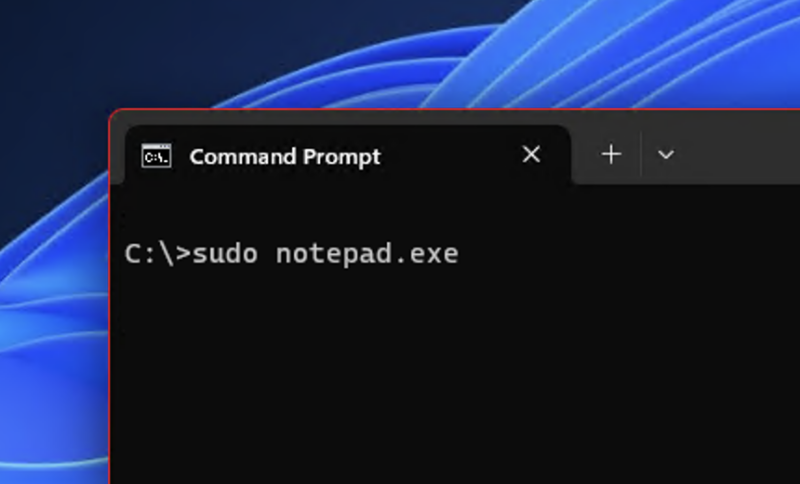-
 chevron_right
chevron_right
Windows security updates could come with fewer reboots beginning later this year
news.movim.eu / ArsTechnica · Monday, 26 February - 18:03 · 1 minute

Enlarge / A PC running Windows 11. (credit: Microsoft)
Microsoft is already testing Windows 11 24H2, this fall's big new Windows release. The company has already demonstrated a few new features, like 80Gbps USB4 support and Sudo for Windows, and the new version could also give a significant refresh to the Windows installer for the first time since the Windows Vista days.
But there's one big update you might not notice at all. Late last week, Microsoft released "servicing updates" with no new features to Windows Insiders in the Dev and Canary channels. The updates were "designed to test [Microsoft's] servicing pipeline for Windows 11." It's pretty common for Insiders to get these kinds of updates-that-exist-only-to-test-the-update-process, but the twist here is that PCs with Virtualization Based Security (VBS) enabled could apply the update without rebooting.
Sources speaking to Windows Central say this isn't a fluke—Microsoft reportedly intends to use a Windows Server feature called hotpatching to deliver more Windows 11 security updates without requiring a reboot, making it easier to stay up to date without disrupting whatever you're doing. You'll still need to reboot "every few months"—Microsoft's documentation says a reboot is needed roughly once every three months, though it can happen more often than that for unanticipated zero-day patches and others that can't be fixed via hotpatching. The Arm versions of Windows 11 also won't get the feature for another year or so, according to Windows Central.


